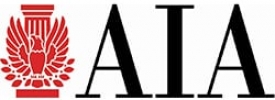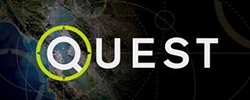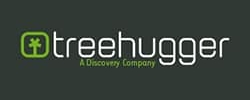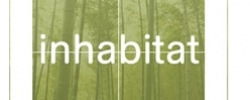BOOKS AND ARTICLES
Most of my published writing has focused on alternatives to conventional methods of residential construction. The Good House Book is a conceptual primer on housing for laypeople. It covers the basic anatomy of a house from foundation to systems focusing on building science and comparing conventional construction methodologies and popular alternatives. Building Green is a how-to primer on construction using low-embodied energy materials and systems. The book follows the design and construction of a small cottage built to be documented for the publication. SU+RE: Sustainable and Resilient Design Systems is an issue of Architectural Design magazine that I co-edited with two colleagues. It makes the case for a merger of sustainable and resilient design strategies. The introduction I wrote for that book is a good summary of my thinking at the beginning of 2018. I have also published a number of articles on a wide variety of topics involving sustainability and the built environment including low embodied energy “natural” materials , low carbon footprint “industrial” materials, and passive design.














